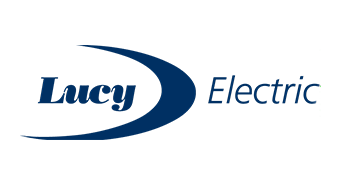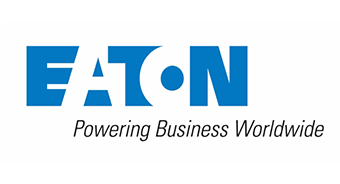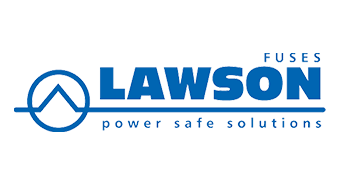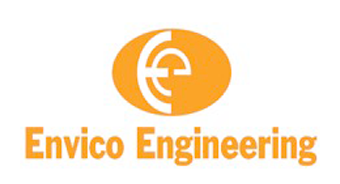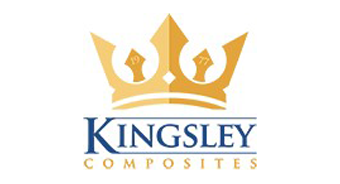A Comprehensive Guide To The Main Types Of Electrical Cable In The UK
An essential overview of LV, MV, HV, and specialised cables, focusing on construction, compliance, and fire safety.
The main types of electrical cable are categorised by their specific application and voltage rating. These include common general wiring cables like Twin and Earth (T&E) and Steel Wire Armoured (SWA), alongside specialised control cables such as YY, SY, and CY. Understanding a cable's three core components—the conductor, insulation, and outer sheath—is fundamental to selecting the correct type for any project, ensuring safety, compliance, and optimal performance.
This guide explores the fundamental components, details the most common types, explains voltage classification, clarifies the differences between specialised control and data cables, and reviews the critical UK safety standards that govern their use.
What Are The Core Components Of An Electrical Cable?
An electrical cable is primarily constructed from three core components: the conductor which carries the current, the insulation which ensures safety, and the outer sheath which provides protection. Selecting a cable involves matching these properties to the demands of the installation.
The Conductor: The Pathway For Current (Copper vs. Aluminium)
Conductor Materials:
- Copper: Industry benchmark due to its high electrical conductivity and pliability.
- Aluminium: Lighter and more cost-effective. Requires a larger conductor size (61% of copper's conductivity) to carry the same current.
Conductor Construction (Flexibility):
- Class 1 (Solid): Rigid, best for permanent, fixed wiring.
- Class 2 (Stranded): Twisted wires for greater pliability in confined spaces.
- Class 5 (Flexible): Highly pliable, used for flexible cords and mobile equipment.
The Insulation: Ensuring Safety And Performance
Insulation prevents current from making contact with other conductors or external objects. It dictates the cable's maximum operating temperature and application range.
- Polyvinyl Chloride (PVC): Standard, cost-effective insulation. Max sustained temperature of 70°C.
- Cross-Linked Polyethylene (XLPE): Thermosetting material for higher current/power applications. Max temperature up to 90°C. Offers superior strength and impact resistance.
The Sheath: The First Line Of Defence (LSOH Importance)
The sheath is the outermost protective jacket, shielding the cable from mechanical damage, moisture, and chemical exposure.
- Polyvinyl Chloride (PVC): Common sheathing for general-use cables.
- Low Smoke Zero Halogen (LSOH / LSZH): Specialist material crucial for public buildings. Emits very little white smoke and virtually no toxic hydrogen chloride gas in a fire, significantly improving safety for occupants during an evacuation.
Always choose LSOH for escape routes and enclosed spaces to ensure compliance.
What Are The Most Common Types Of General Wiring Cable?
The most common types of general wiring cable used in the UK—Twin and Earth (T&E), Steel Wire Armoured (SWA), and flexible cables—are the workhorses of the electrical industry.
What Is Twin And Earth (T&E) Cable Used For?
Twin and Earth (T&E) cable (BS 6004) is the most common cable for fixed wiring in UK homes. It has a flat profile, a grey PVC sheath, two insulated cores (Live/Neutral), and a bare earth conductor.
Common Sizes & Applications:
- 1.0mm² and 1.5mm²: Lighting circuits.
- 2.5mm²: Standard for ring and radial socket circuits.
- 4.0mm², 6.0mm², and 10mm²: High-power appliances (showers, ovens).
We hold extensive stock of BASEC-approved T&E cables. Contact us for bulk pricing.
When Should Steel Wire Armoured (SWA cable) Be Used?
SWA cable is used for mains supply in industrial settings or for external and underground installations. Its rugged construction (XLPE cores, steel wire armour, durable sheath) provides robust mechanical protection.
Two Primary Types:
- BS 5467 SWA: Black PVC outer sheath. For general outdoor and underground power.
- BS 6724 SWA: Black LSOH outer sheath. For use inside public buildings where fire safety is critical.
We offer custom cutting services for SWA cables, reducing waste and providing cost efficiencies.
What Are Flexible Cables?
Flexible cables use highly pliable Class 5 stranded conductors designed to withstand frequent movement and bending without fracturing (e.g., power tools, mobile machinery).
Crucial Safety Principle: Never use fixed wiring cables (Class 1 or 2) for flexible applications, as this creates a severe fire or shock hazard. H07RN-F is a common heavy-duty example.
How Are Cables Classified By Voltage?
Cables are primarily classified by their voltage rating: Low Voltage (LV), Medium Voltage (MV), and High Voltage (HV). This ensures the cable insulation can safely handle the electrical load.
Low Voltage (LV) Cables (Up To 1kV)
LV cables are the most common type, rated up to 1000V AC. Used in residential, commercial, and light industrial wiring (e.g., T&E, SWA, 6491X).
We maintain the most extensive LV stock range in the UK. Call for current availability.
Medium Voltage (MV) Cables (1kV To 35kV)
MV cables are used for power distribution from substations to industrial facilities. We stock DNO-approved MV cables from 3.3kV up to 33kV (e.g., BS 6622, BS 7835).
High Voltage (HV) Cables (Above 35kV)
HV cables are specialist products used for the bulk transmission of power (e.g., 66kV, 132kV, 400kV). Engineered to the highest specifications for the national grid.
For HV requirements, please contact our specialist team directly for tailored solutions.
What Are The Differences Between YY, SY, And CY Control Cables?
The main difference lies in their screening and mechanical protection. These cables are used for measurement, control, and regulation in industrial automation.
| Cable Type | Construction & Screening | Primary Application |
|---|---|---|
| YY Control Cable | PVC Insulated/Sheathed, Unscreened | Signal and control in environments with light mechanical stress and minimal electrical interference. |
| SY Control Cable | Galvanised Steel Wire Braid (GSWB) | Installations with medium to high risk of mechanical stress or impact. |
| CY Control Cable | Tinned Copper Wire Braid (TCWB) | Environments requiring Electro-Magnetic Compatibility (EMC) to protect sensitive signals. |
Which Cable Is Best For Data And Signal Transmission? (Coaxial vs. Ethernet)
Coaxial cables are ideal for high-frequency video and broadcast signals (long distances). Ethernet cables (Cat5e/Cat6) are superior for high-speed data transfer in local area networks (LANs).
- Coaxial: Uses physical shielding for single, high-frequency signal paths (e.g., TV, CCTV).
- Ethernet: Uses twisted pairs to actively cancel out interference for high-speed digital data. Cat6 supports speeds up to 10 Gbps.
Understanding UK Electrical Cable Standards And Safety
What Are The Current UK Wiring Colours?
For single-phase circuits installed since 2006 (BS 7671): Brown for Live, Blue for Neutral, and Green-and-Yellow for Earth.
| Function | Current BS 7671 (Post-2006) | Old Colours (1976 - 2006) |
|---|---|---|
| Protective Earth (PE) | Green and Yellow | Green and Yellow |
| Neutral (N) | Blue | Black |
| Single Phase Live (L) | Brown | Red |
| Three-Phase Live 2 (L2) | Black | Yellow |
Safety Warning: Never make assumptions based on colour alone; always test all wiring before commencing work due to changes in standards over time.
Why Are British Standards (BS) Important?
British Standards ensure that cables meet stringent, legally recognised requirements for safety, quality, and performance. BS 7671 (The IET Wiring Regulations) is the definitive installation guide.
Key Cable Standards:
- BS 6004: PVC insulated cables (e.g., Twin and Earth).
- BS 6724: LSOH armoured cables.
- BS 7211: LSOH non-armoured cables.
Always look for markings and third-party approvals like the BASEC Kitemark.
Your Partner For All Cable Types And Services
Selecting the correct electrical cable is a complex but critical decision. At Cable Services, we are the UK’s number one specialist distributor. With the most extensive stock range and specialist teams for LV, MV, and HV applications, we provide the expertise and bespoke services—like custom cable cutting—to ensure your project is a success.
For quick quote and expert advice, contact us today.
Tel: + 44 (0) 1978 340 450 Email: sales@cableservices.co.ukCable Services supply a wide range of products from leading brands, click here to see a sample range of cables that can offer:
Contact Us
For further details on our products and services please get in touch.
Tel: + 44 (0) 1978 340 450
Email: sales@cableservices.co.uk
Cable Cutting Service
We have invested in an automatic winding and measuring cable cutting machine at our Wrexham facility. This £90,000 investment reflects our commitment to offering an economically valuable and highly efficient service for our valued customers.
We are known for providing tailored solutions that meet the exact needs of our customers. We recognise the growing demand for a flexible service that eradicates waste and delivers cost efficiencies. The efficiency and precision of this new machine support the industry’s commitment to operational sustainability and allow us to pass on cost savings to our customers.
